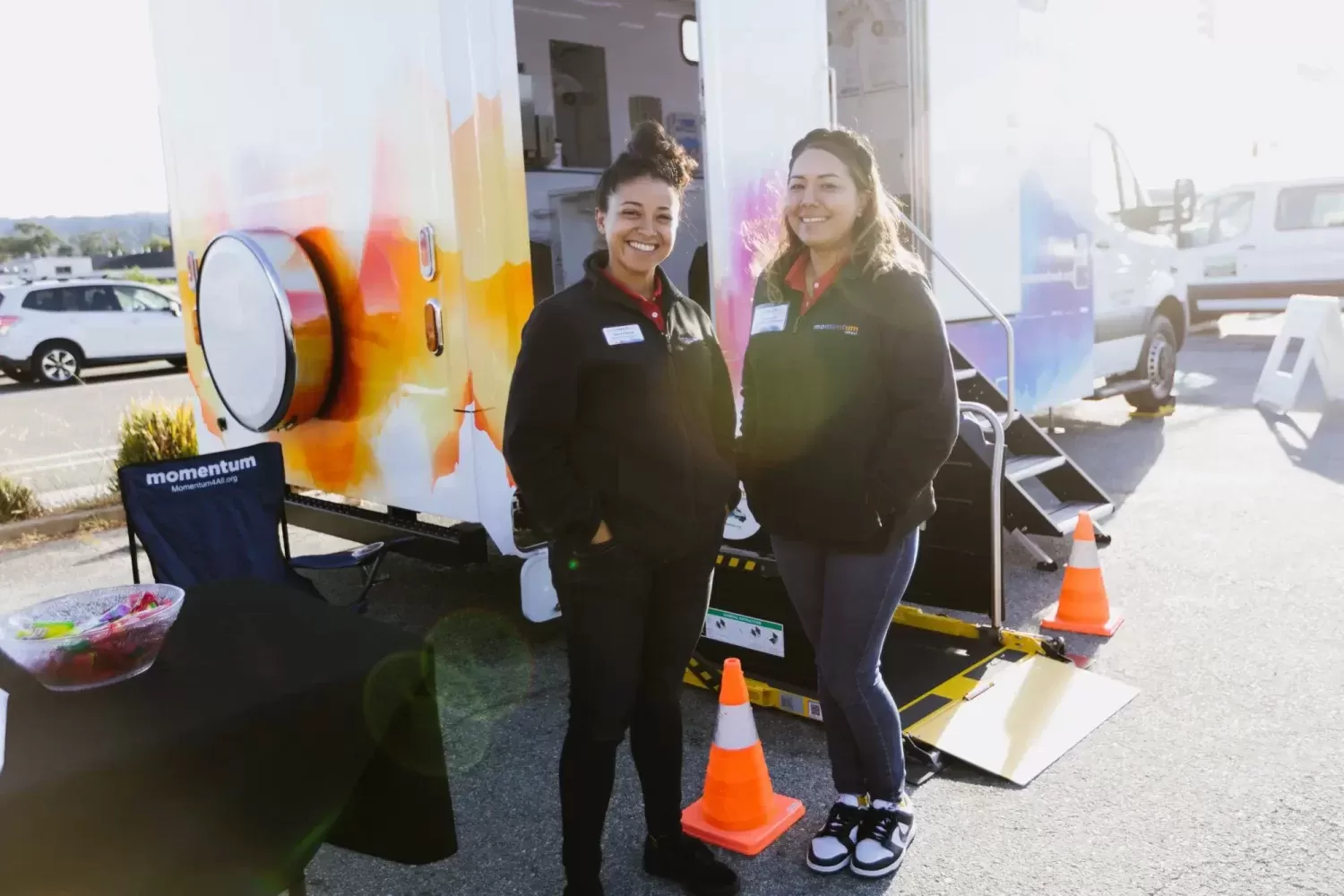The Challenges of Accessibility

Navigating the Reality of Accessibility
In the United States, one in four adults confronts a disability significantly impacting their daily lives, highlighting a critical yet often overlooked aspect of societal inclusion—accessibility. This reality starkly resonates, notably concerning public spaces and community events. Unfortunately, the absence of accommodating facilities forces numerous individuals and families with specific self-care needs to refrain from accessing these destinations.
However, a beacon of hope lies within the implementation of proper equipment and accessibility measures, offering a promising pathway toward forging a more inclusive society.
Disasters and Vulnerable Communities: The Inequities Amplified by Crisis
Disasters, when they strike, disproportionately affect vulnerable communities, particularly individuals with disabilities. Astonishingly, during crises, 22 percent of Americans are compelled to evacuate their homes. Within this demographic, people with disabilities, including seniors and veterans, face elevated risks. Evacuating and seeking refuge in emergency shelters pose significant challenges, magnifying their vulnerabilities.
This underscores the urgent need for tailored facilities to ensure their safety and well-being during such tumultuous times.
Evolving Challenges and ADA: The Evolving Landscape of Accessibility Legislation
Despite the Americans with Disabilities Act (ADA) marking a transformative moment in enhancing accessibility and inclusivity over three decades ago, the challenges faced by individuals with disabilities have evolved. While revolutionary in its inception, the ADA exhibits signs of obsolescence, especially in addressing the rapidly evolving landscape of challenges, including digital accessibility barriers.
As technology advances and life becomes increasingly digitalized, the act struggles to comprehensively address the spectrum of barriers encountered by individuals with disabilities in the digital sphere.
Reevaluating Accessibility Measures: Toward a More Inclusive Tomorrow
The prevalence of disabilities within the population demands a thorough reevaluation and enhancement of accessibility measures. Existing legislation and infrastructural accommodations reveal limitations, emphasizing the need for updated, comprehensive initiatives. Addressing these multifaceted challenges necessitates proactive strategies—embracing innovative solutions and modernizing accessibility standards.